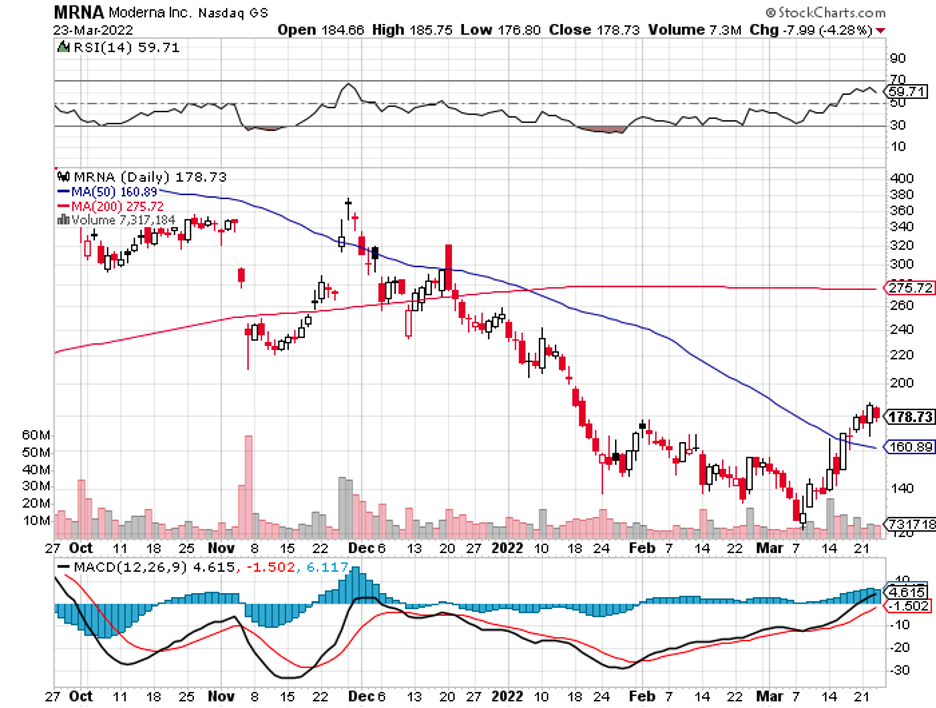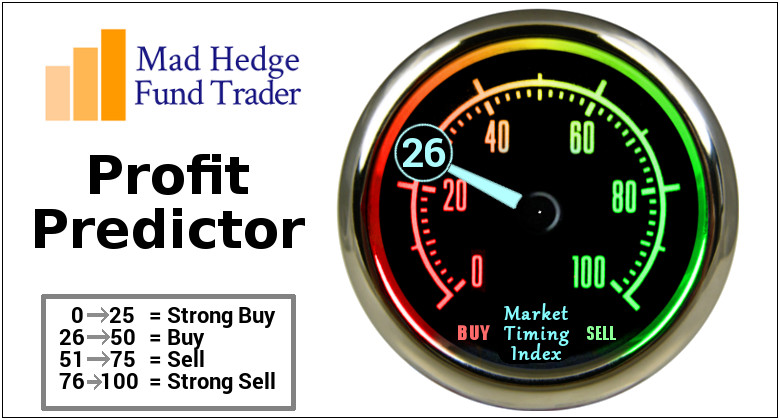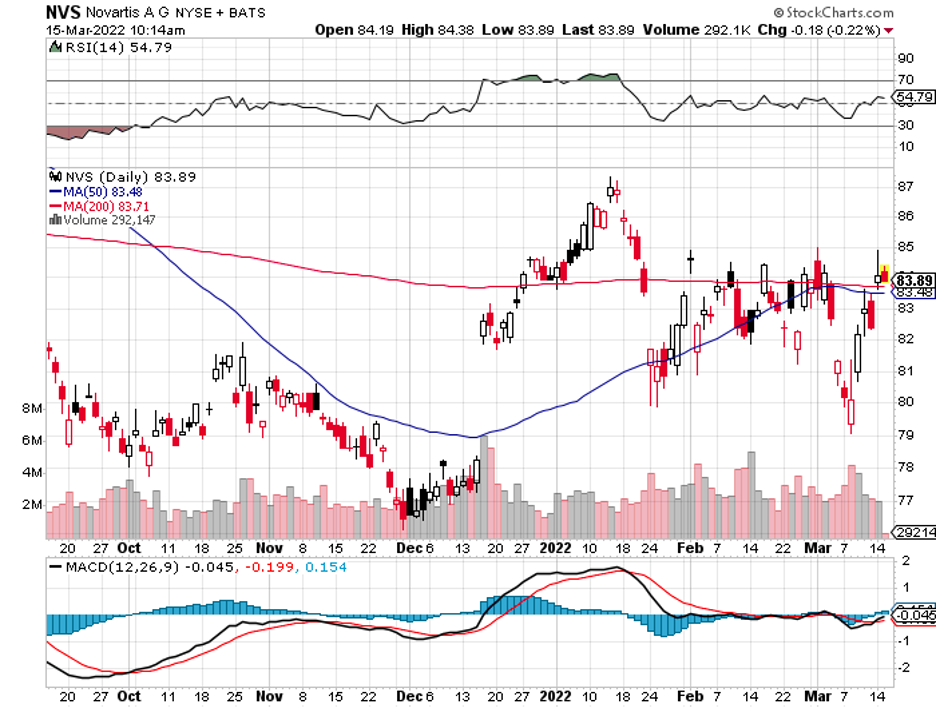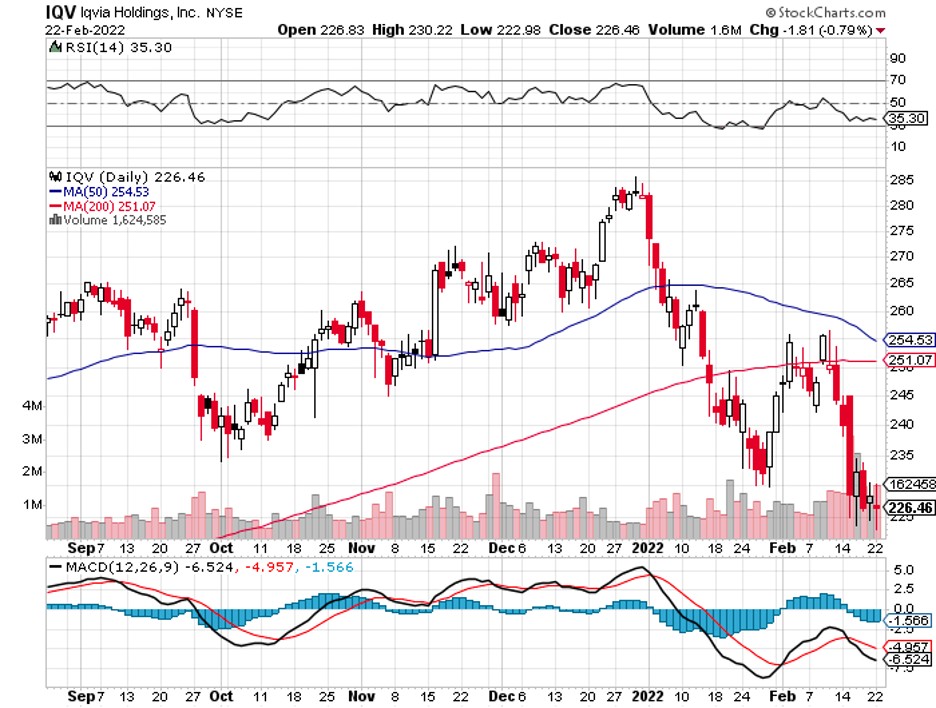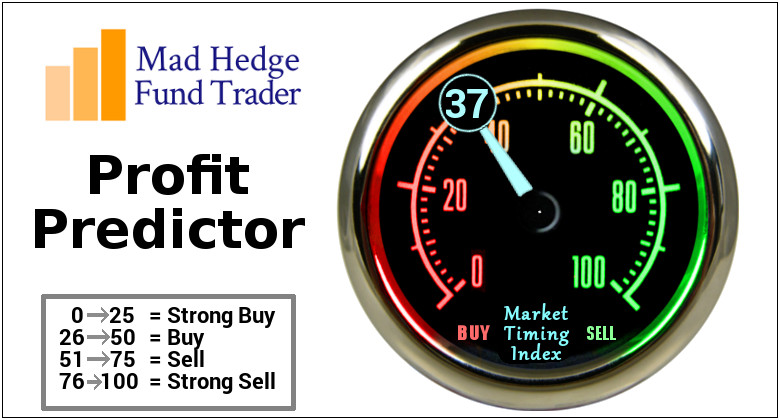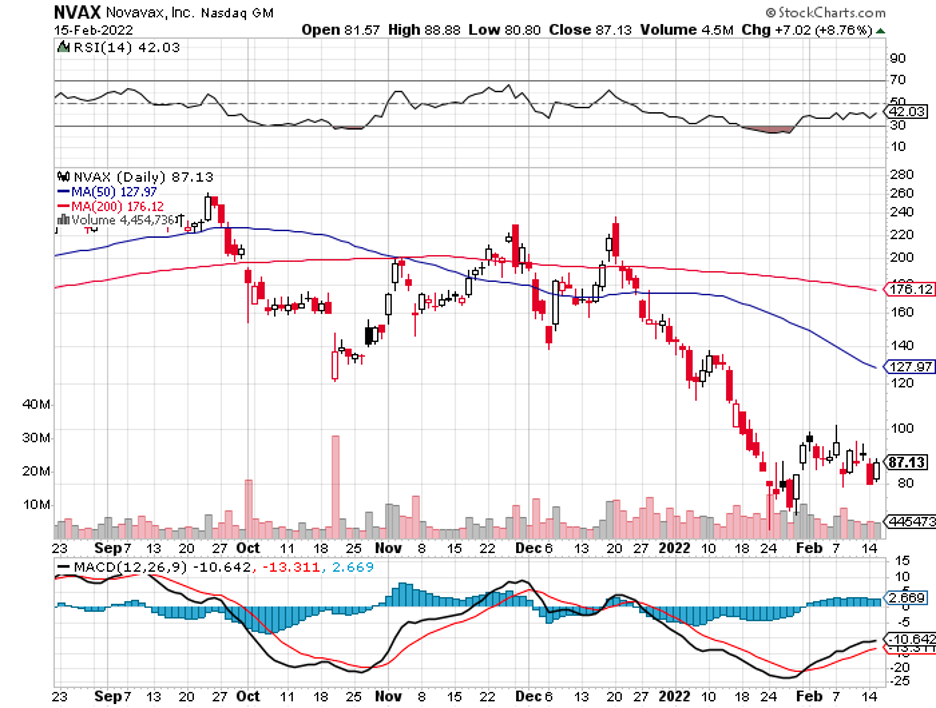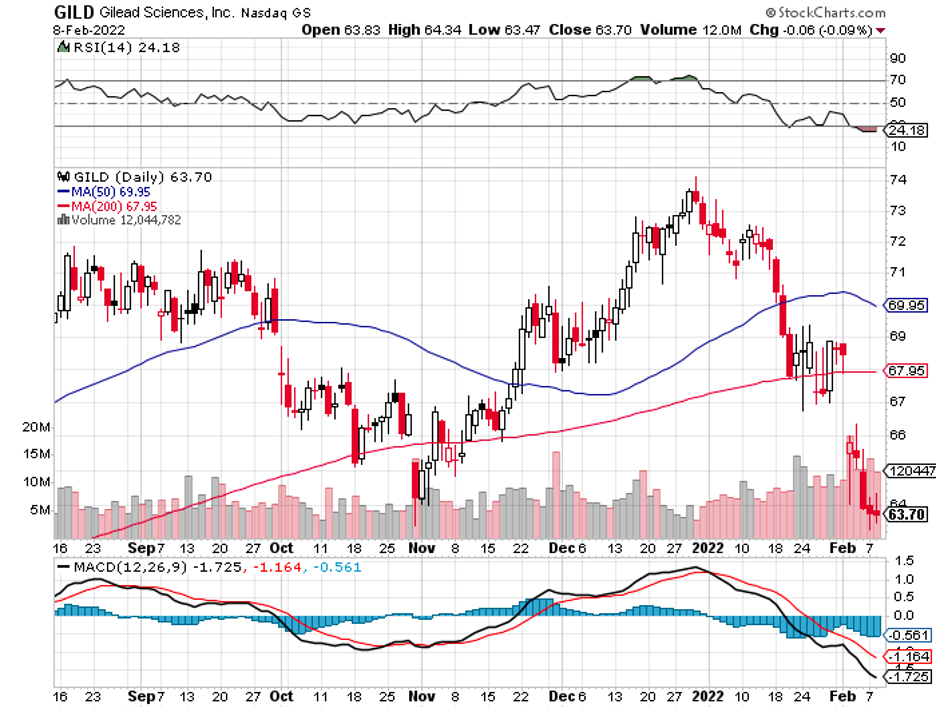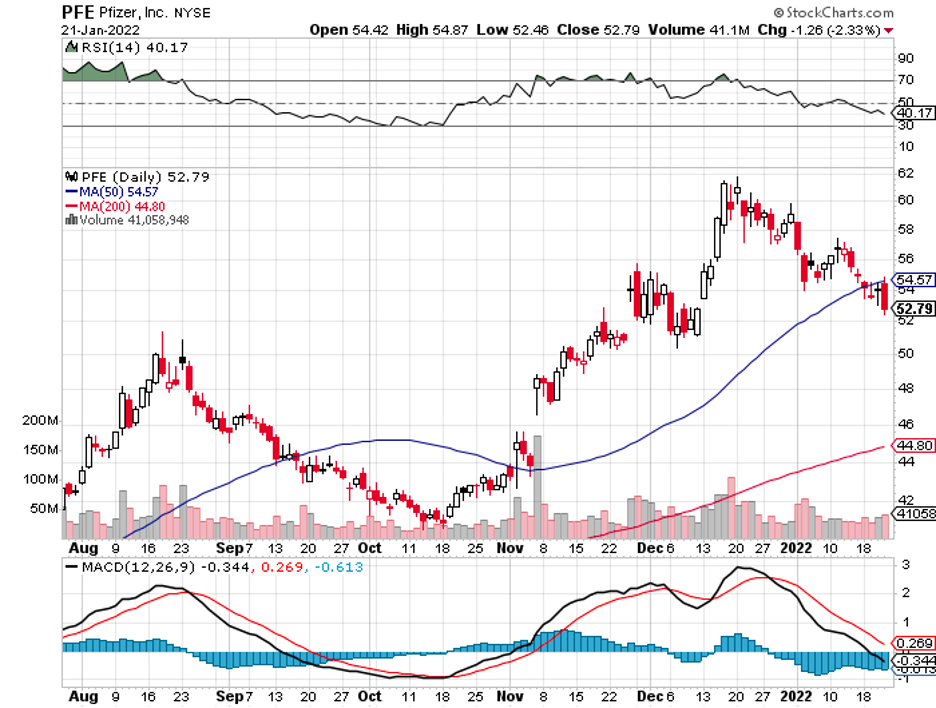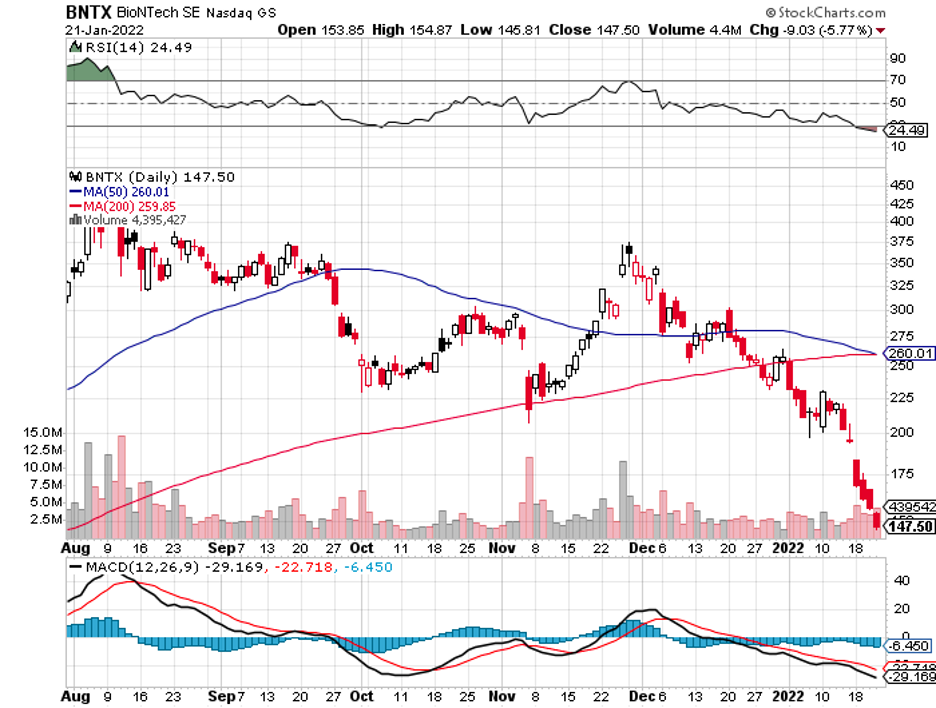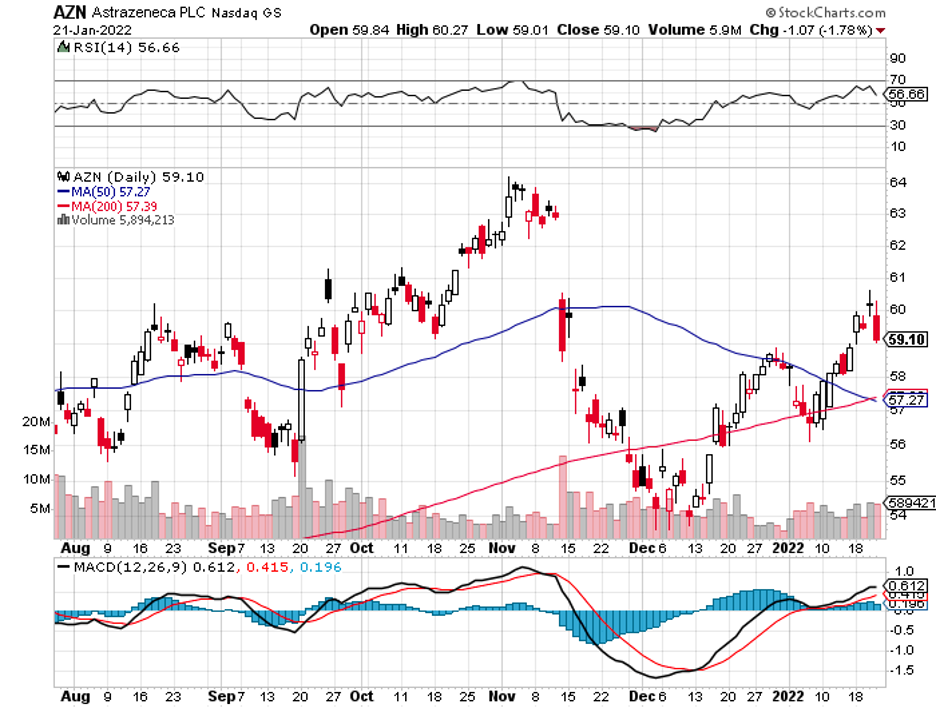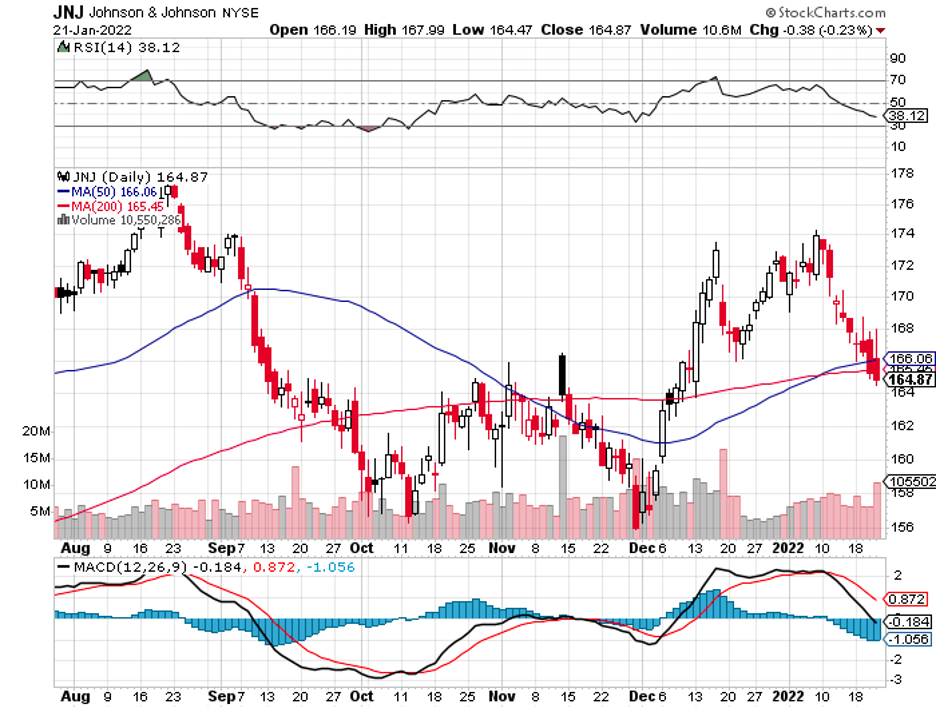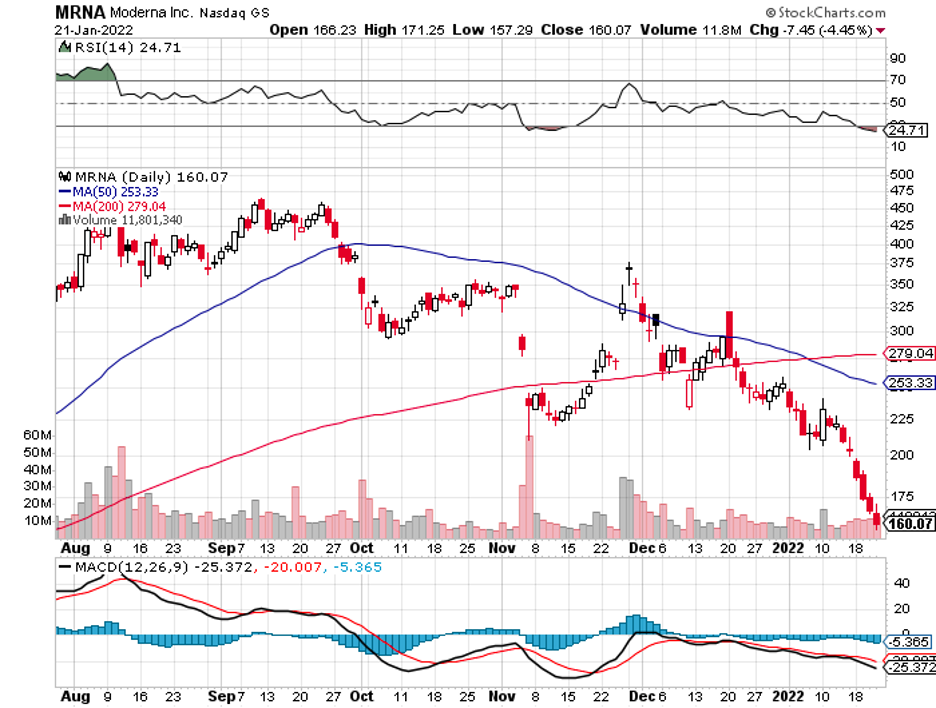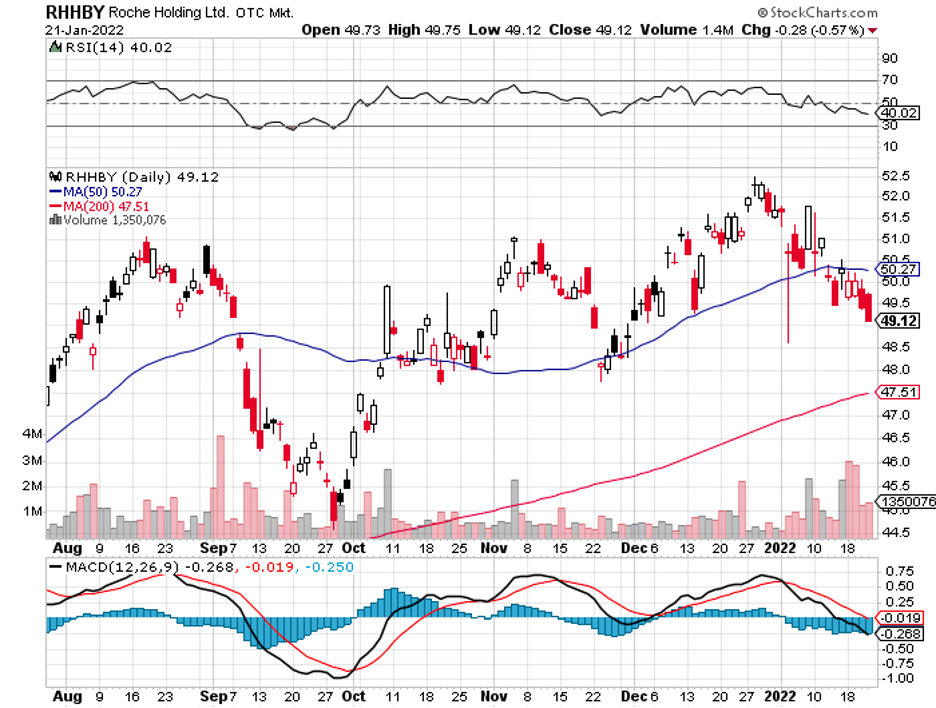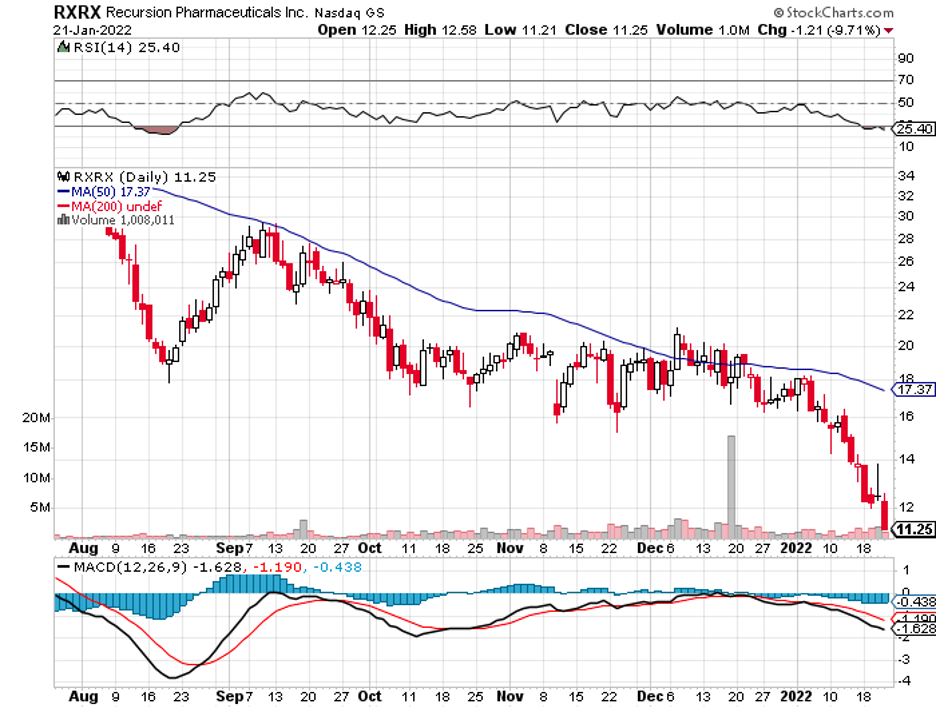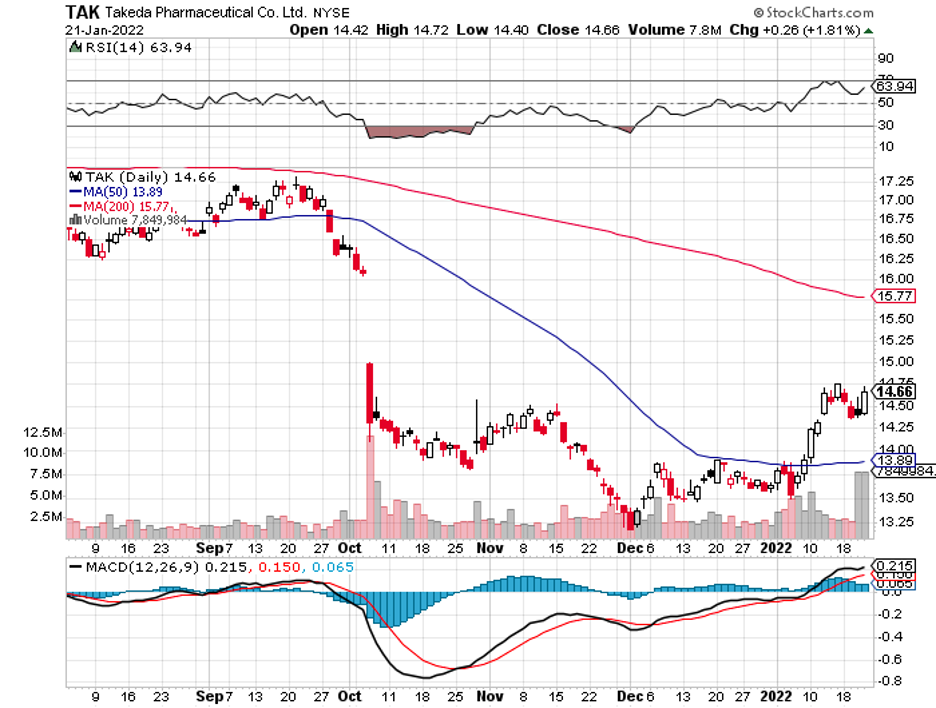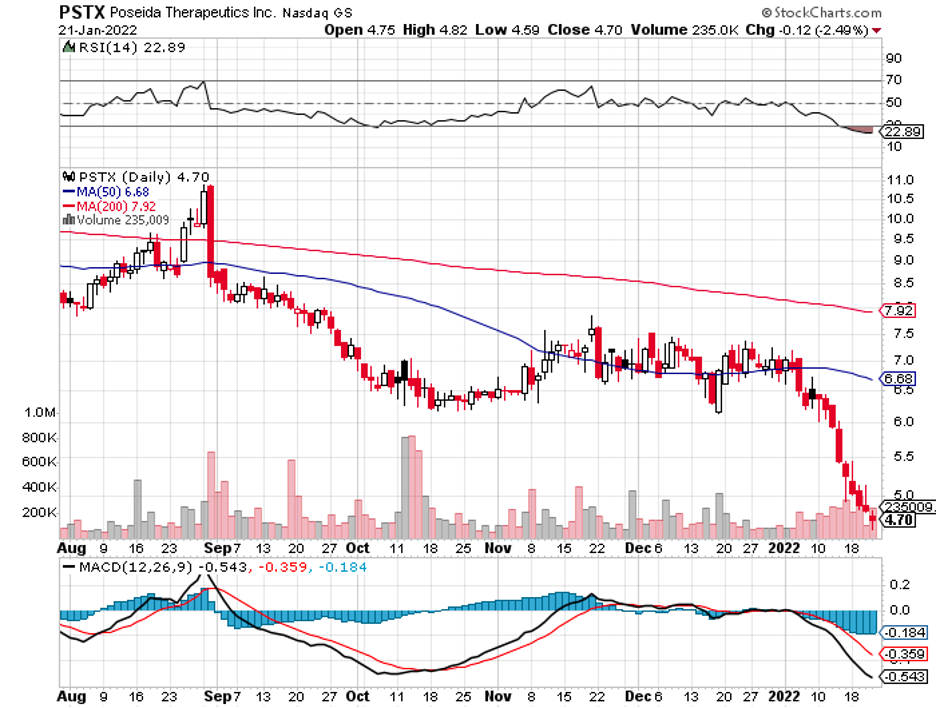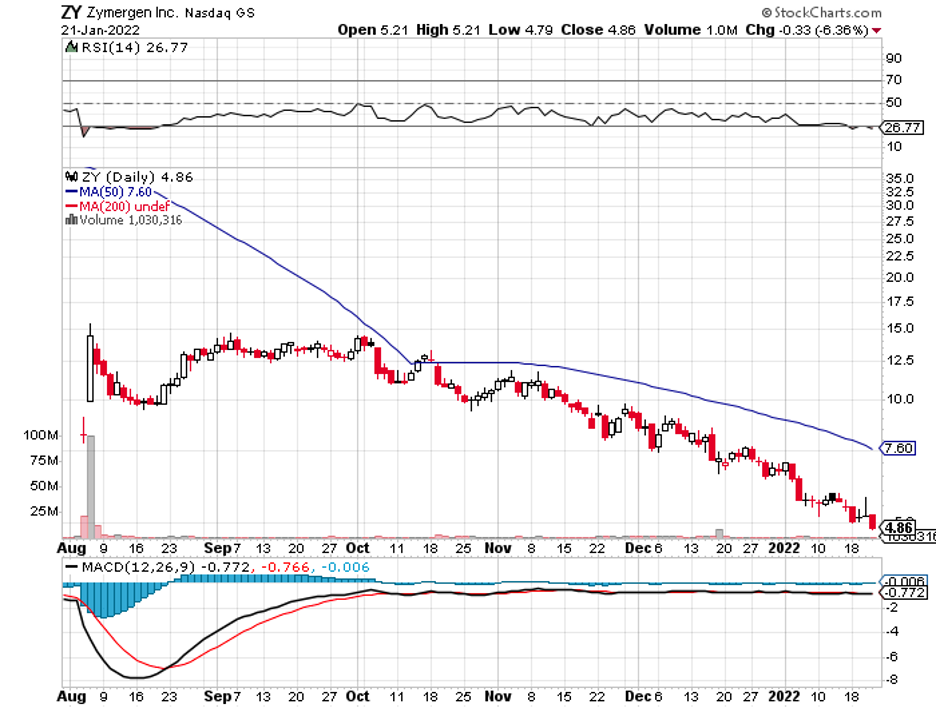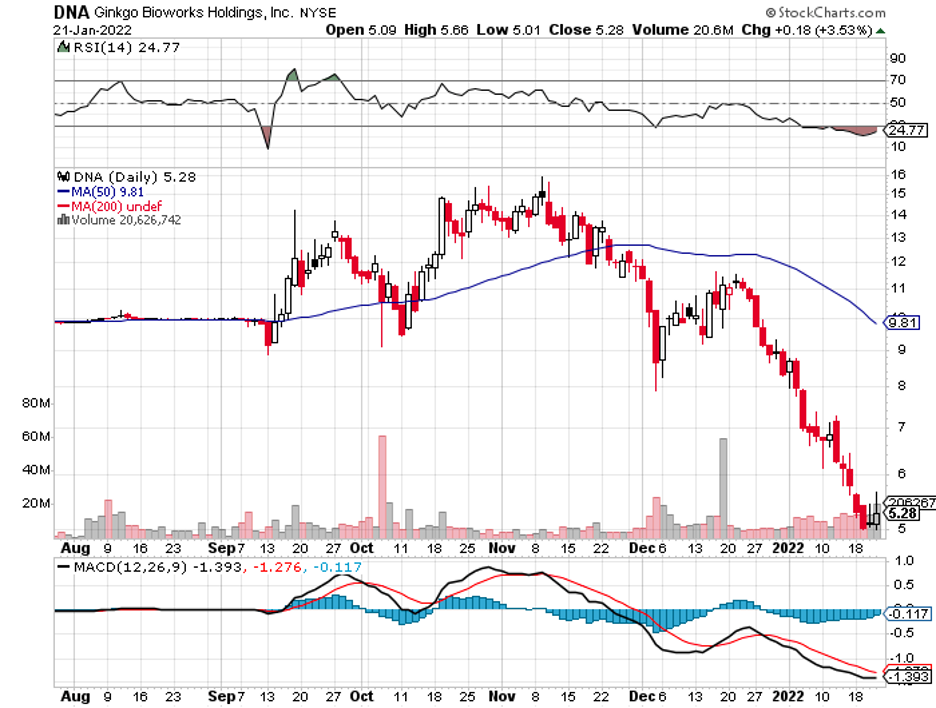Healthcare stocks have experienced an unusual run over the past few years. The sector was nearing scorching hot levels when the pandemic started, only to go ice cold by the end of 2021.
Nonetheless, seasoned investors in the sector know that solid companies will continue to grow at a steady pace despite the decline in their stock prices.
This is where the fun starts for some investors.
After all, we all enjoy a good bargain, especially when it comes to promising stocks. What makes it even more enticing is if the stock has a proven track record and solid prospects in its pipeline.
Based on these criteria, one name that readily comes to mind is Moderna (MRNA).
Since it reached its peak in August 2021, Moderna shares have fallen by over 60%. Despite these losses, the business is still regarded as one of the most promising companies in the sector. This means that the stock can recover soon.
Moderna is a significant mover in one of the hottest markets today: the COVID-19 vaccine sector. Since the pandemic started, the company has been able to generate billions of dollars in profit from its only commercialized product: mRNA-1273.
While the demand has been divided now due to the entry of other vaccine developers, Moderna still expects to earn at least $19 billion from its COVID-19 vaccine.
Before becoming a household name, not many people knew of Moderna’s existence. At that time, most weren’t even confident that the messenger-RNA vaccines would actually work.
In the early stages, Moderna was only rivaled by Pfizer (PFE) and BioNTech (BNTX) in this particular field. Meanwhile, the rest of the world was betting on other companies like AstraZeneca (AZN), Johnson & Johnson (JNJ), and even Novavax (NVAX).
As soon as the results came out, Moderna shares skyrocketed to unprecedented heights. In 2020, the company recorded a 434% growth.
However, recent times have not been as kind to Moderna. Investors now worry that this might be the reality, a.k.a. the post-pandemic sales.
This is far from the truth.
Admittedly, sales from the vaccine would dwindle over time due to competition and possibly even herd immunity.
In preparation for this eventuality, Moderna has been stocking up its pipeline. Recently, the company announced pivotal Phase 3 trials for two of its vaccine candidates.
One is for cytomegalovirus (CMV) and the other is for the respiratory syncytial virus (RSV).
Both candidates hold the potential to become blockbusters.
The RSV market is projected to become larger than initially anticipated, reaching roughly $10 billion. Given the promise of this sector, it comes as no surprise that Moderna has competitors. Sanofi (SNY), GlaxoSmithKline (GSK), and Pfizer are some of the biggest players here.
As for the CMV vaccine, the product has the potential to reach $2 to $5 billion in annual sales. Moreover, this program can be linked to other sectors like oncology and autoimmune diseases.
Other than these, Moderna has been developing its HIV vaccine. It already started with trials, with its first participant queued to receive the first dose of the experimental candidate.
This could be another massive revenue stream for Moderna as the annual spending on HIV is estimated to reach $500 billion globally.
Another candidate is Moderna’s flu vaccination program. However, this might be a more difficult path as the company faces strong challengers, including Pfizer, Novavax, and GSK.
In addition to these, the company is also working on Nipah and Zika vaccines. There are also plans for herpes simplex virus (HSV) and varicella zoster virus to join the roster soon.
Cornering the vaccine market is a good approach since Moderna has a tested and proven product dominating the industry today.
That is, no one is doubting the power and efficacy of mRNA-based strategy in vaccines.
More importantly, there is no question that Moderna is performing well in this field. This is an unshakeable and established strength that Moderna investors should be focusing on.
A seemingly unstoppable stock in the past few years, this company suddenly fell out of favor. Nevertheless, its prospects remain the same and it can still deliver significant revenue—something that’s expected to go on well into the future.

